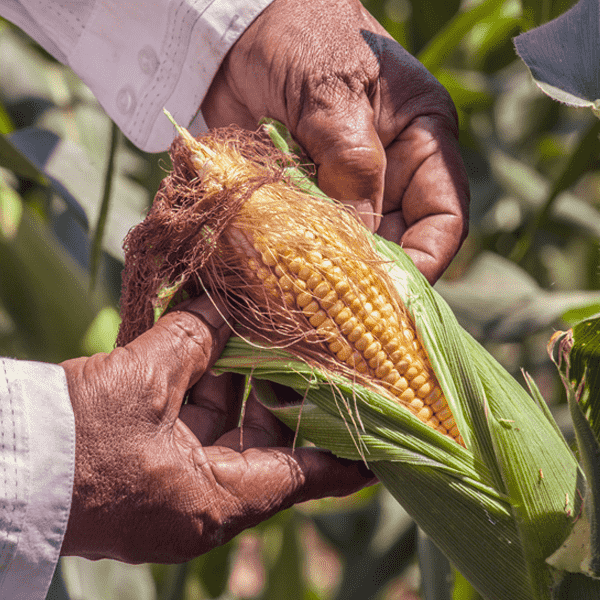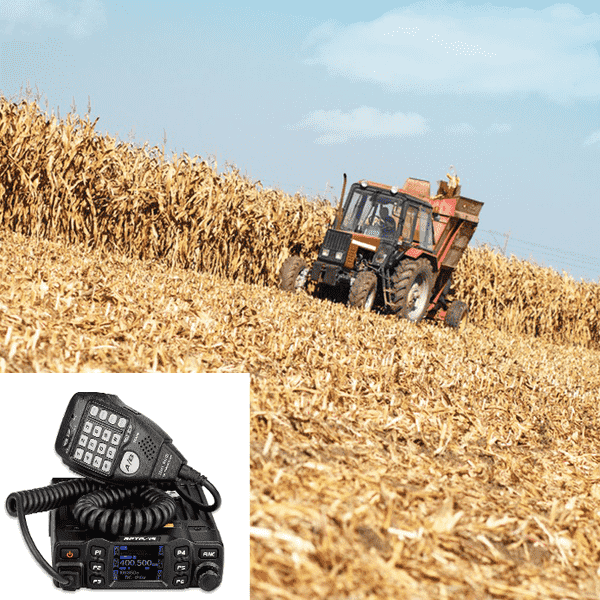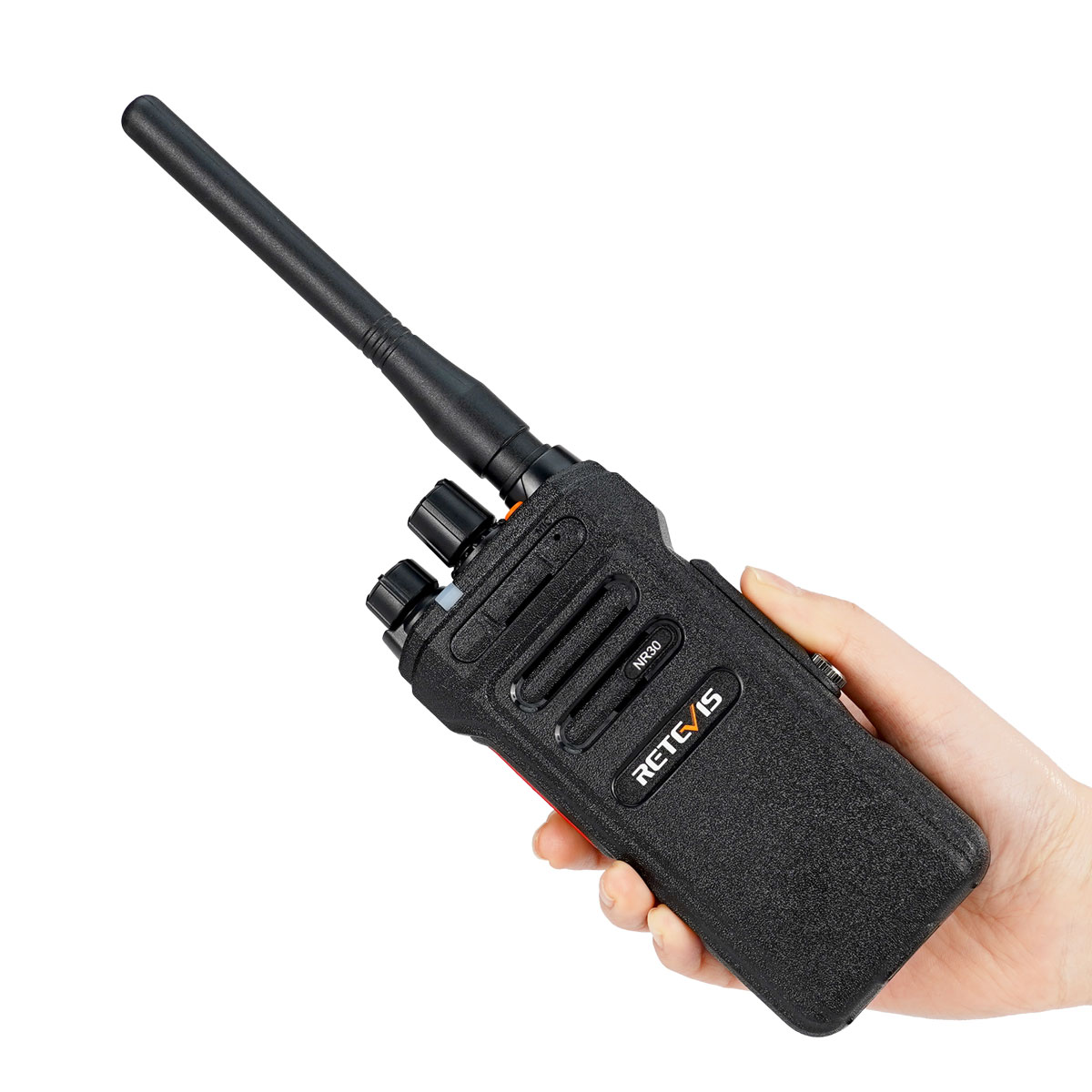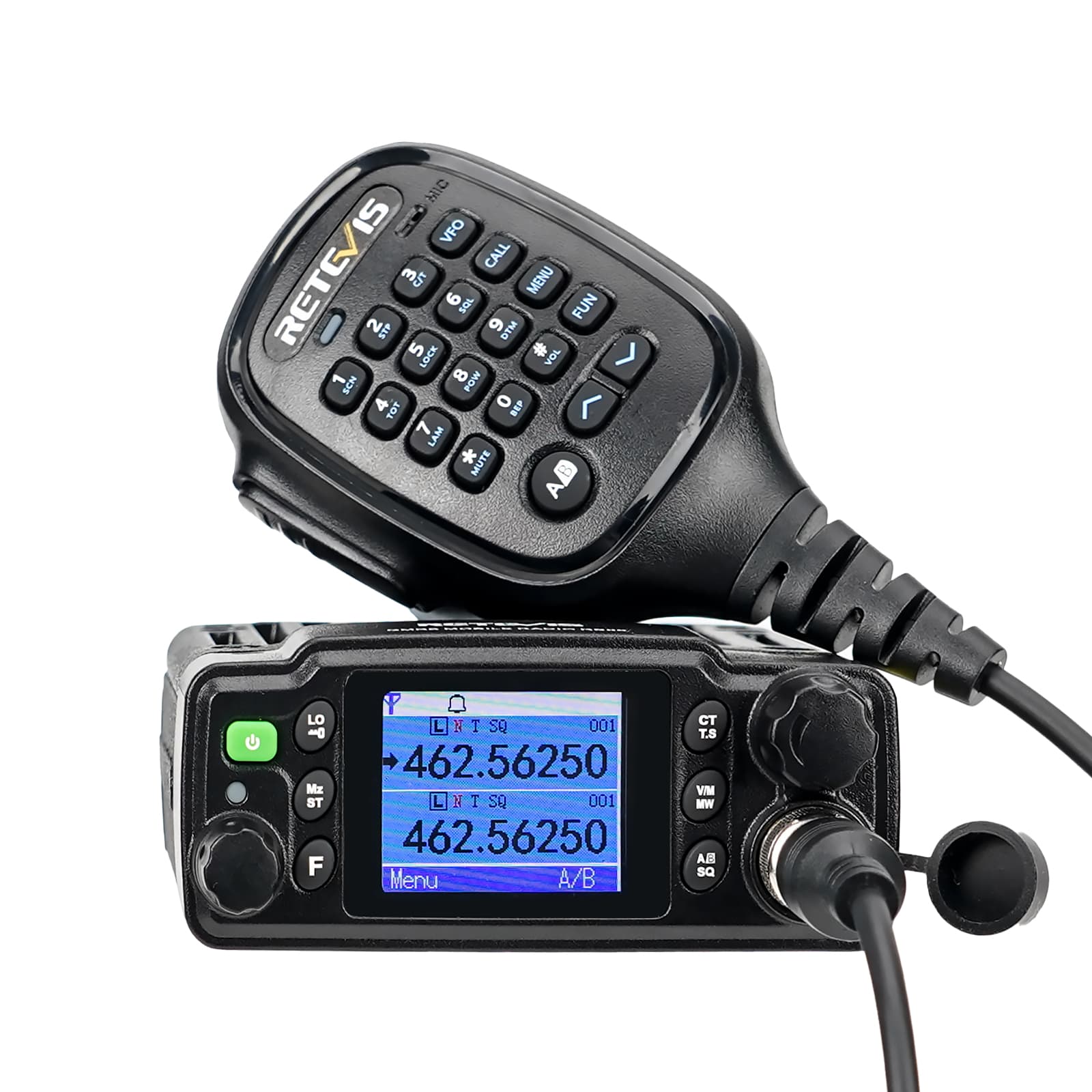Several methods to help you determine whether corn can be harvested
- Retevis Solutions
- corn harvest, methods of harvesting, communicate by radio, gmrs radio, retevis nr30, retevis rb86

Corn has been one of the main crops grown in farmland for centuries, and it is an important component of many foods used to produce various products.
How to judge whether corn can be harvested
So what should we pay attention to when harvesting corn? How can we determine whether corn can be harvested? Today's article tells you!
Before officially harvesting corn, let's learn about the varieties of corn together.
Dent, also known as field corn, is usually used to feed livestock or to dry and grind into grains.
Sweet corn, also known as the best type ever, is most commonly sold and enjoyed as a fresh vegetable, and can also be canned or frozen.
Flint, also known as Indian corn, has many colors and is also used as animal feed or to make corn flour.
Flour, as its name implies, is usually used to make corn flour.
Popcorn is a special type of flint corn that bursts when the corn kernels are dried and heated.
Even for different types of corn, the way to determine harvest is similar.
Firstly, when the milk line of corn disappears, the corn grains become plump and yellow in color, indicating that the corn is ripe and ready for harvesting.
Secondly, when the color of the corn whiskers turns black or purple red, the corn leaves turn yellow, and the entire corn plant turns withered yellow, harvesting can be carried out.
Finally, there is experience; Farmers also rely on their rich experience and intuition to determine when to harvest corn. They focus on the height of the plant, the size and shape of the ear, and the overall appearance of the corn. They also considered weather conditions and other environmental factors that may affect the maturity of corn.
In summary, determining whether corn can be harvested should be based mainly on the maturity of the grains, rather than on the growth status of the plants.

When harvesting corn, the following points should be noted:
Timely late harvest :fully utilize the ripening effect, increase yield, improve quality, and improve quality.
Most of the corn harvest is done by machines: it is inevitable that there are missing corn cobs. Therefore, it is recommended that farmers should manually harvest some backhoed corn stalks and missing corn cobs after machine harvesting to ensure that the particles are returned to the warehouse.
When lifting and unloading the grain in the granary:it is strictly prohibited for all personnel to work or observe inside, below, and around the granary to prevent accidental injuries. It is strictly prohibited to use hands, feet, and other auxiliary unloading methods.
It is not allowed to clean debris, disassemble, or adjust the machine while the engine is running or before the working parts have completely stopped. Operators are not allowed to leave and should not approach rotating parts.

We can observe that good communication during both planting and harvesting can make harvesting more efficient with less effort. Radio can effectively solve communication problems in environments with large areas and noisy noise.
Retevie NR30 5W GMRS radio
5W medium and long-distance radio, which can easily cover the range of small family farms.
Electronic noise reduction, automatically reduces background noise. IP67 waterproof. The battery capacity is 2800mAh. No keyboard design, strong and durable.
Retevis RB86 20w GMRS mobile radio
20w mobile radio, high volume and high definition, even in the harvesting process of the tractor, you can easily hear the voice of your partner. IP67 and NOAA make the weather no longer a problem.








